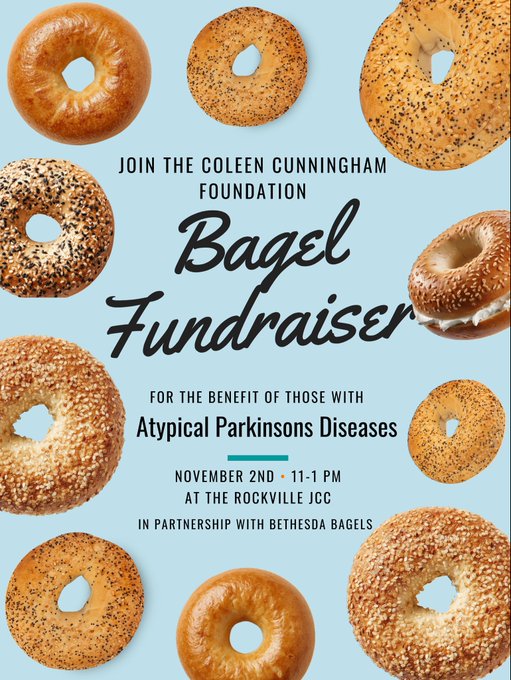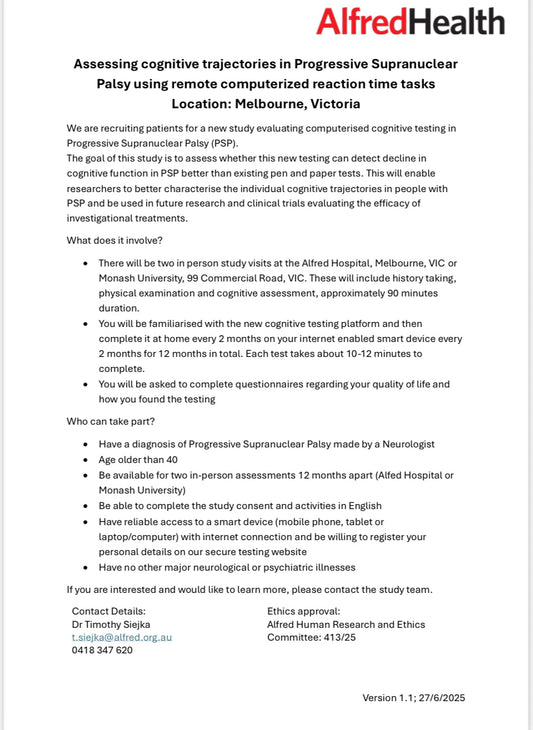
The Inference between Primary Progressive Aphasia and Progressive Supranuclear Palsy
Primary Progressive Aphasia is a type of dementia that primarily affects language abilities. It involves progressive language function deterioration, where patients experience a growing difficulty with word finding, word usage, and comprehension. It's categorized into three types - semantic variant, non-fluent/agrammatic variant, and logopenic variant, each with unique symptoms and progression.
Progressive Supranuclear Palsy, on the other hand, is a brain disorder that affects movement, control of walking, balance, speech, swallowing, vision, mood, and behavior. It is characterized by a gradual deterioration of specific voluntary eye movements, notably the downward gaze. This particular trait is often a hallmark for diagnosing PSP.
While at face value PPA and PSP may seem entirely distinct, they share overlapping features that may complicate their differential diagnosis. Both conditions fall under the umbrella of neurodegenerative diseases, specifically tauopathies, characterized by the abnormal accumulation of tau protein in the brain.
Symptoms that overlap between PPA and PSP include speech and language difficulties. In PPA, this is typically the most prominent symptom. However, in PSP, issues with speech and swallowing often develop as the disease progresses.
Moreover, some individuals diagnosed initially with PPA may later develop symptoms consistent with PSP, leading some researchers to speculate that these conditions might represent different points on a spectrum of a single tauopathy. But this theory is still a matter of ongoing research.
Despite the overlaps, there are clear diagnostic distinctions between PPA and PSP. Motor symptoms, particularly early gait disturbances and falls, are more suggestive of PSP, while in PPA, the initial symptoms almost always involve language dysfunction.
The clear delineation between the two conditions is essential for both prognosis and management. For instance, speech therapy may be beneficial for patients with PPA, while physical therapy focusing on balance and strength is often essential for PSP patients.
Current treatments are predominantly symptomatic, with no disease-modifying therapies available for both PPA and PSP as of the time of this writing. However, ongoing research offers hope for more targeted interventions in the future.
In conclusion, while Primary Progressive Aphasia and Progressive Supranuclear Palsy share some features, they remain distinct entities with unique diagnostic and clinical pathways. Understanding the nuances between the two conditions is essential in providing appropriate care to affected individuals. The interplay between these two disorders is a fertile ground for further research, with the potential for significant impact on disease understanding and management.

 Donate
Donate




4 comments
Interesting article. My brother was diagnosed with Primary Progressive Aphasia the aggramatic varient several years ago while I was diagnosed with Progressive Supranuclear Palsy in April this year. I regularly fail to find a word to finish a sentence. It is almost like we have a similar problem except my brother also will use the wrong word in a sentence. Is this something you are looking at?
Interesting article. My brother was diagnosed with Primary Progressive Aphasia the aggramatic varient several years ago while I was diagnosed with Progressive Supranuclear Palsy in April this year. I regularly fail to find a word to finish a sentence. It is almost like we have a similar problem except my brother also will use the wrong word in a sentence. Is this something you are looking at?
Amy, I’m truly sorry to hear about the rapid progression of your mother’s condition. It must be incredibly tough to witness such swift changes, especially when they involve someone you deeply care for. I’m grateful that the blog has been a helpful resource for you during this challenging time. If there’s anything specific you’d like to know or any support you need, please don’t hesitate to reach out. You and your mother are in my thoughts. Thank you for your kind words. 💕
Laura
My Mother has been diagnosed with both and has been battling for 2.5 years. She was still driving in April of 2021 and in the next month will be moving to a nursing home. The progression of her disease has been breathtakingly rapid in the past few months. Your blog is a wonderful resource. Thank you 😊